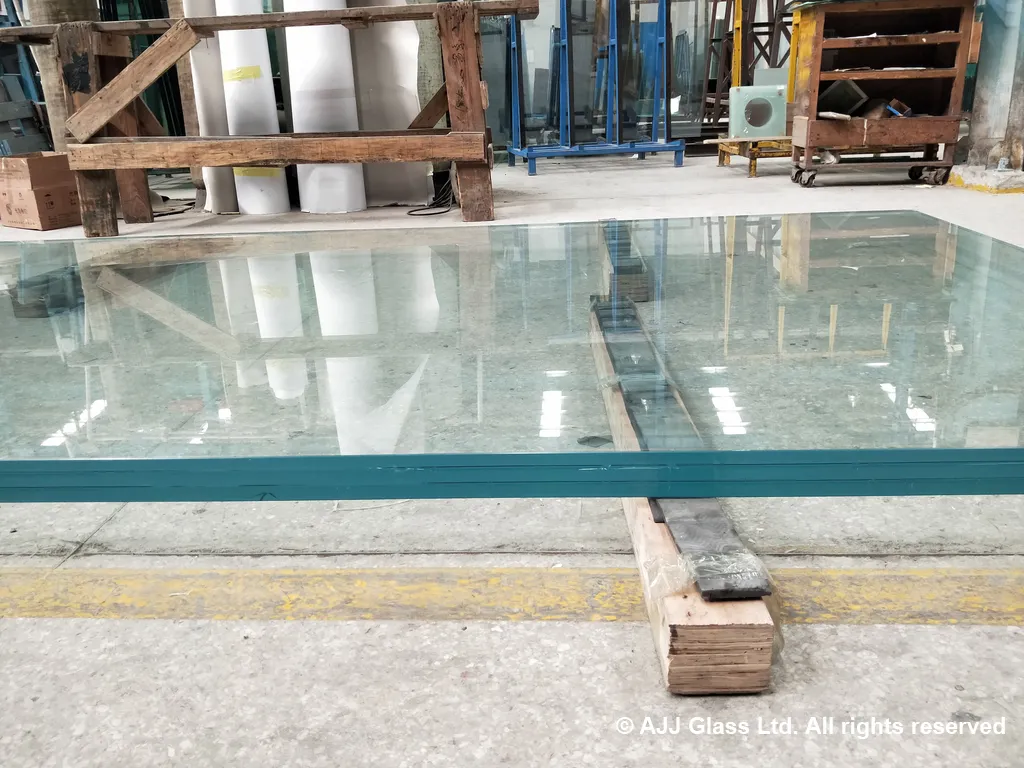Need some help?
We would love to help you with your project.
Poly Vinyl Butyral is a tough plastic resin that is used in between two panes of glass to bond them together.
It’s made from polyvinyl alcohol by reacting it with butyraldehyde.
This resin is placed in between glass panes then a combination of heat and pressure is applied to create one laminated pane.
AJJ often uses a PVB interlayer for internal glass balustrades and an SGP interlayer for external frameless glass balustrades.

* Vanceva® is a trademark of Eastman Chemical Company.
BS EN ISO 12543: Glass in building - Laminated glass and laminated safety glass
BS EN 14449: Glass in building - Laminated glass and laminated safety glass - Evaluation of conformity/Product standard
BS EN 12600: Glass in building – Pendulum test – Impact test method and classification for flat glass